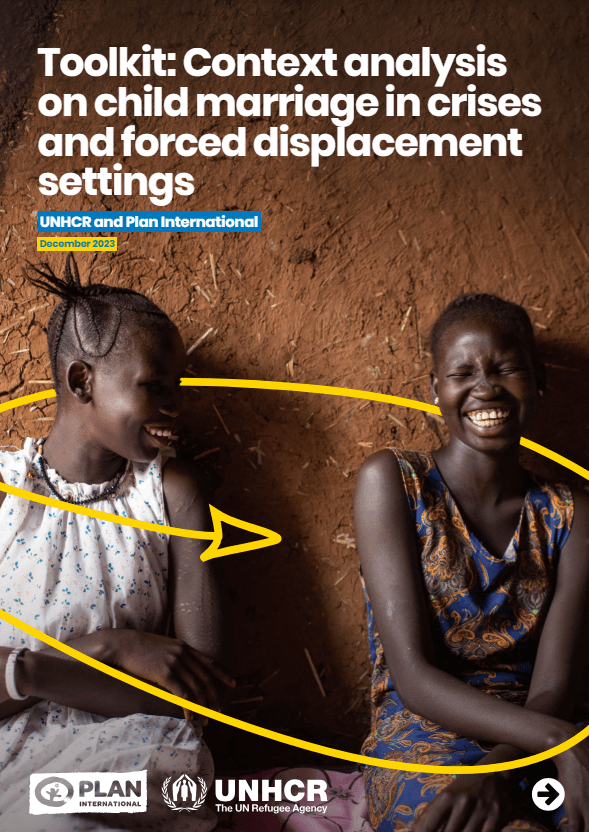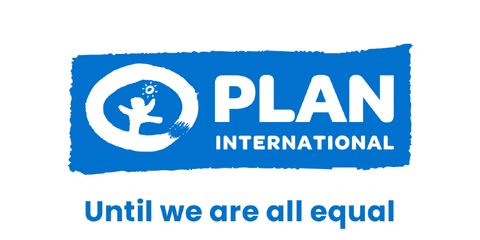Context analyses on child marriage in crises and forced displacement settings
Guidance and practical tools to help plan, collect and analyse data about child marriage together with adolescent girls and their communities.

Part of a collaboration between Plan International and UNHCR to strengthen capacity and provide clearer guidance to support girls experiencing child marriage crises and forced displacement settings
This toolkit provides guidance for conducting a context analysis to understand the practice of child marriage and the capacity of the humanitarian actors to respond to it. The key purpose of conducting a context analysis on child marriage is to inform existing programming and service delivery, as well as to define future prevention and response work, grounded in the operational reality.
The findings can also be used to inform advocacy strategies to ensure appropriate prioritisation among actors and donors. The toolkit is grounded on four Guiding Principles – Intersectionality, Girl-Responsiveness, Do No Harm, and the Socio-Ecological Model. These principles inform the way we approach the context analysis and how we interact with the data.
Child marriage is gender-based violence
As child marriage is a form of gender-based violence (GBV) and a practice often associated to traditional, cultural, religious and/or ancestral practices, attempts to discuss the practice, behaviours or attitudes can often be highly sensitive. As such, it was felt necessary to create additional guidance for staff to navigate these nuances in a safe and ethical way.
Designed to be applied in different humanitarian contexts, the toolkit offers a tiered approach to conducting a context analysis depending on the capacities, resources and existing evidence base in your setting. There is a special focus on the unique factors associated with refugee and forced displacement settings. The toolkit is intended to complement existing guidance and standards on how to conduct quality and ethical data collection, literature reviews, needs assessments or gender analyses.
The approach and tools can be applied for a standalone assessments or studies on child marriage in a given context, or integrated into broader situational analyses, multi-sectoral needs assessments or humanitarian needs overviews (HNOs) etc.
Who should use this toolkit
This toolkit is for humanitarian actors working in all types of crisis settings, with special attention paid to the unique factors found in refugee and forced displacement contexts. It is for staff who want to understand the practice of child marriage within their specific setting and how to begin or improve service delivery for girls and their families affected by child marriage.
The toolkit has been developed with child protection and gender-based violence (GBV) actors in mind, but it has wider applicability, for example for gender specialists, or the education, health or food security and livelihoods (FSL) sectors. Once completed, the findings of the context analyses should be used to inform future targeted prevention and response work, as well as to integrate key mitigation measures into humanitarian action.
Downloads
Child Marriage Analysis Toolkit – English
4.07 mb
Child Marriage Analysis Toolkit – French
3.88 mb
Child marriage analysis toolkit – Arabic*
1 mb
Tool 1 – What we need to know about child marriage – English
1.58 mb
Tool 1 – What we need to know about child marriage – French
4.84 mb
*The Arabic toolkit links to the English language tools. Arabic language tools will be available soon.

